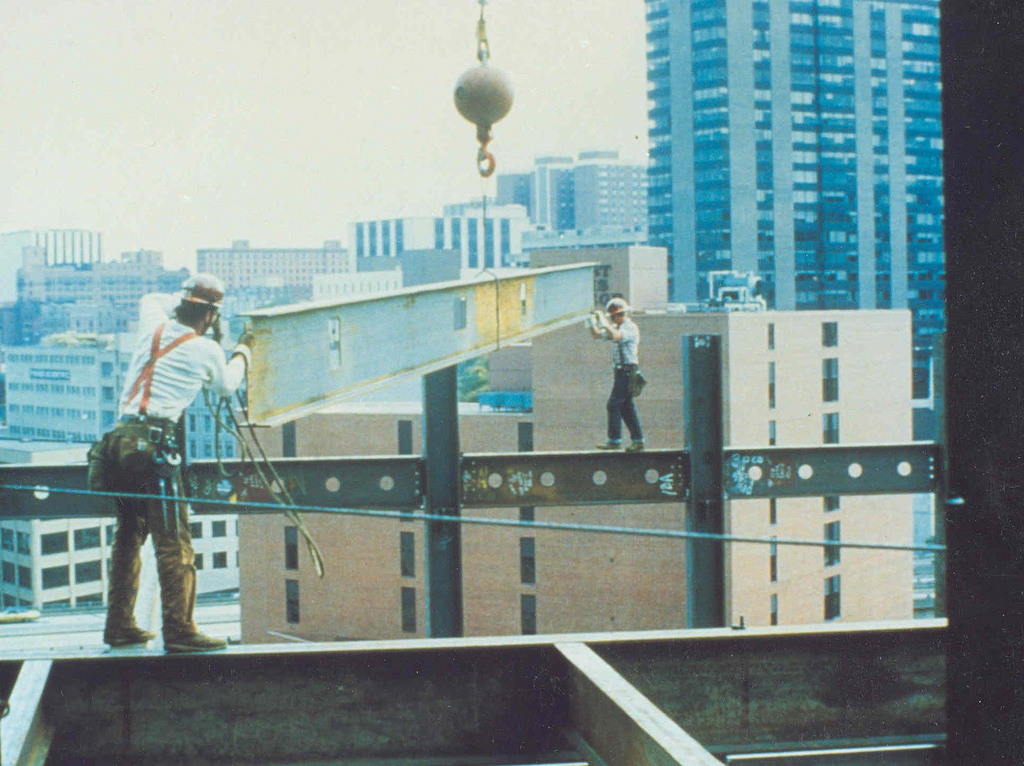
In November 2015, the sentencing council wrote the definitive guideline on health and safety offence, corporate Manslaughter and Food safety and Hygiene offences. As of February 1st 2016 new guidelines for health and safety offences will come into force.
These new guidelines have been designed to increase the level of fines, especially for larger companies who do not adhere to health and safety regulations. Larger companies, companies with a turnover in excess of £50 million, could see a fine of £10 million if they are caught in breach of health and safety regulations. Companies with a larger turnover could be hit with fines that exceed £10 million.
Prior to the creation of the definitive guideline there was no consistent method of calculating the fines that were issued to offending companies. The amount the company was fined was very much left to the judge and their opinion on the matter. The old legislation allowed for unlimited fines and no clear starting point.
The new definitive guidelines provide a nine step approach for the judges to follow, allowing the calculations of the sentences to be consistent across the UK. The stages include;
Determining the offence category: The court will determine the offence category by various culpability and harm factors provided in the guidelines.
Starting Point and category range: at this stage the court will be focused on the organisation’s annual turnover, using this as a starting point for the sentencing.
Check whether the proposed fine based on turnover is proportionate to the overall means of the defender: in this stage the court will review the amount of the fine based on your annual turnover, and ensure that the fine they are charging the organisation with is large enough to make a substantial impact on the business to ensure that they will follow health and safety regulations in the future.
Consider other factors that may warrant adjustment of the proposed fine: the court will take into account any impacts of the fine within the company. For example, the amount of the fine impairs the companies’ ability to makes restitution to victims.
Consider any factors which indicate a reduction
Reduction for guilty pleas: the court will take into account and reduction for a guilty plea.
Compensation and Ancillary orders: the court will consider whether to make ancillary orders. These include; Remediation, Forfeiture and compensation.
Totality principle: if sentencing for more that one offence, consider whether the total sentence is just and proportionate to the offending behaviour.
Reasons: duty to give reasons for and explain the effect of the sentence.
This new guideline will apply to all health and safety cases in the UK. The guidelines provide the judges with a “fine matrix” which helps them come up with a suitable fine for the offence. In total there are 4 categories of culpability with categories ranging from high (1) a deliberate breach or complete disregard to the law, and 4 categories of harm high (1) which is serious harm including death to low (4) .
For large companies, if the judge rules their offence as low culpability and a harm category of 4 they can expect a fine ranging from £3,000 - £60,000. The judge rules their offence as high culpability and harm category 1 they can expect fines in the region of £2,600,000 – £10,000,000. Micro business - businesses that do not turn over £2,000,000 per annum. Fines for low culpability and low harm cases can range between £50 – £2,000. T
This new guideline makes it clear that they will be fining companies a substation amount to make an economic impact which will really highlight to the company the importance of following the health and safety legislation. Whilst in the past, the fines imposed on companies found in breach of health and safety regulations have been focused on the outcome, however, these new fines are supposed to punish the employees that put their employees at risk.
You can read the new sentencing guidelines here.